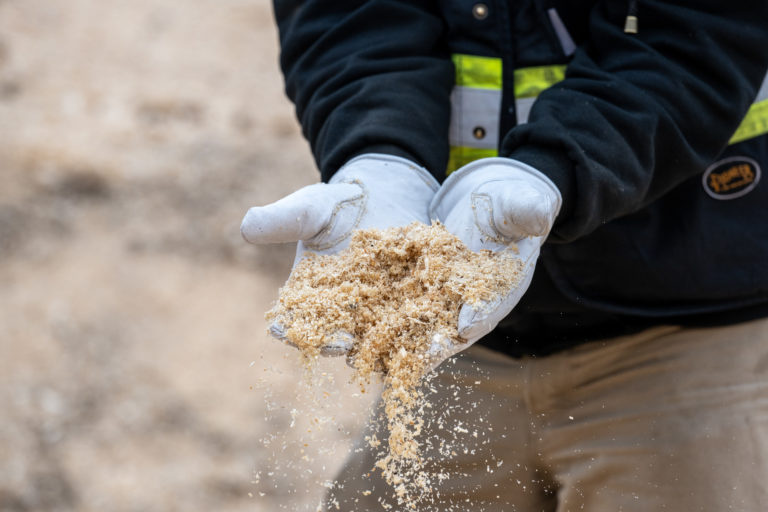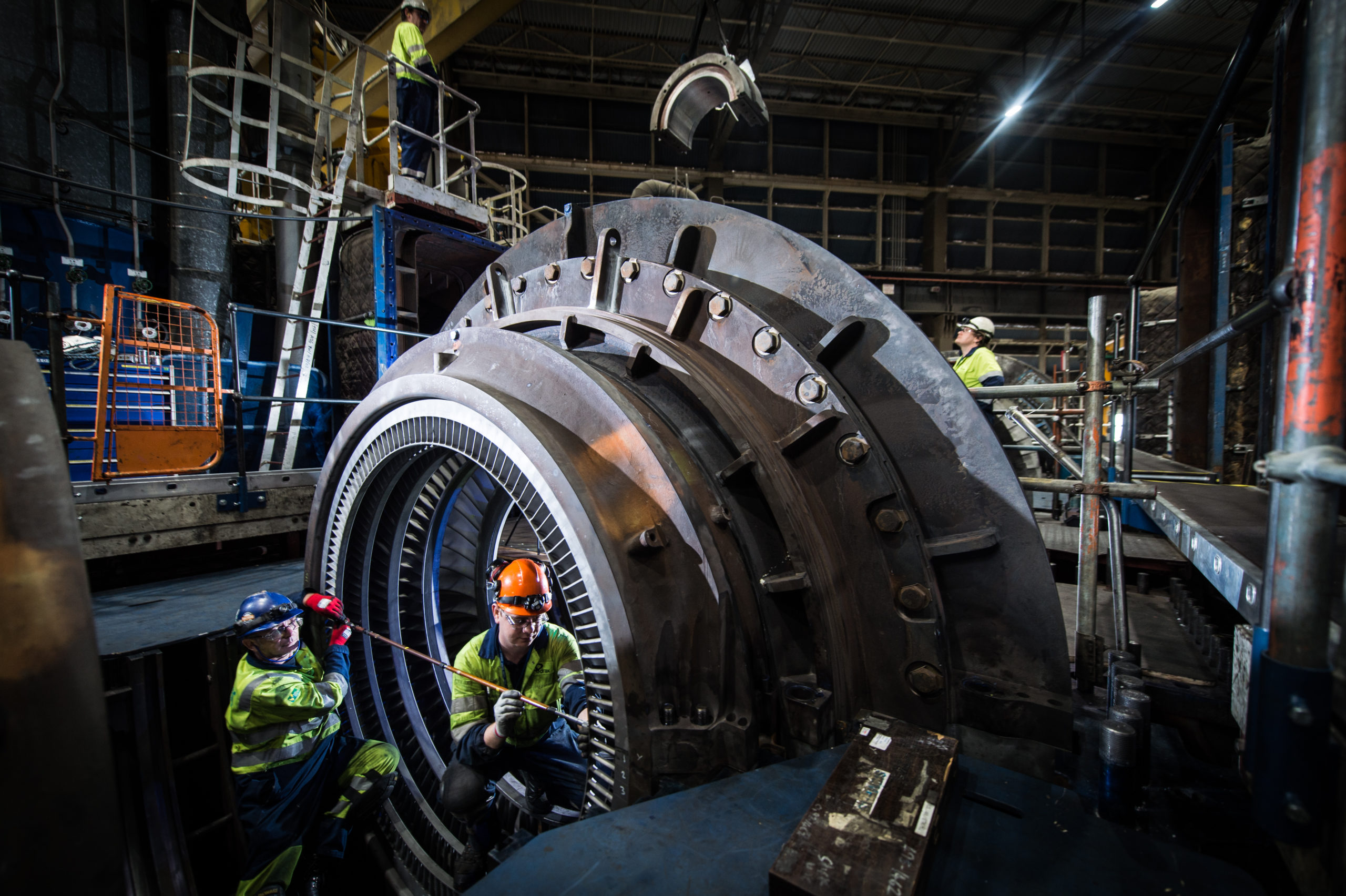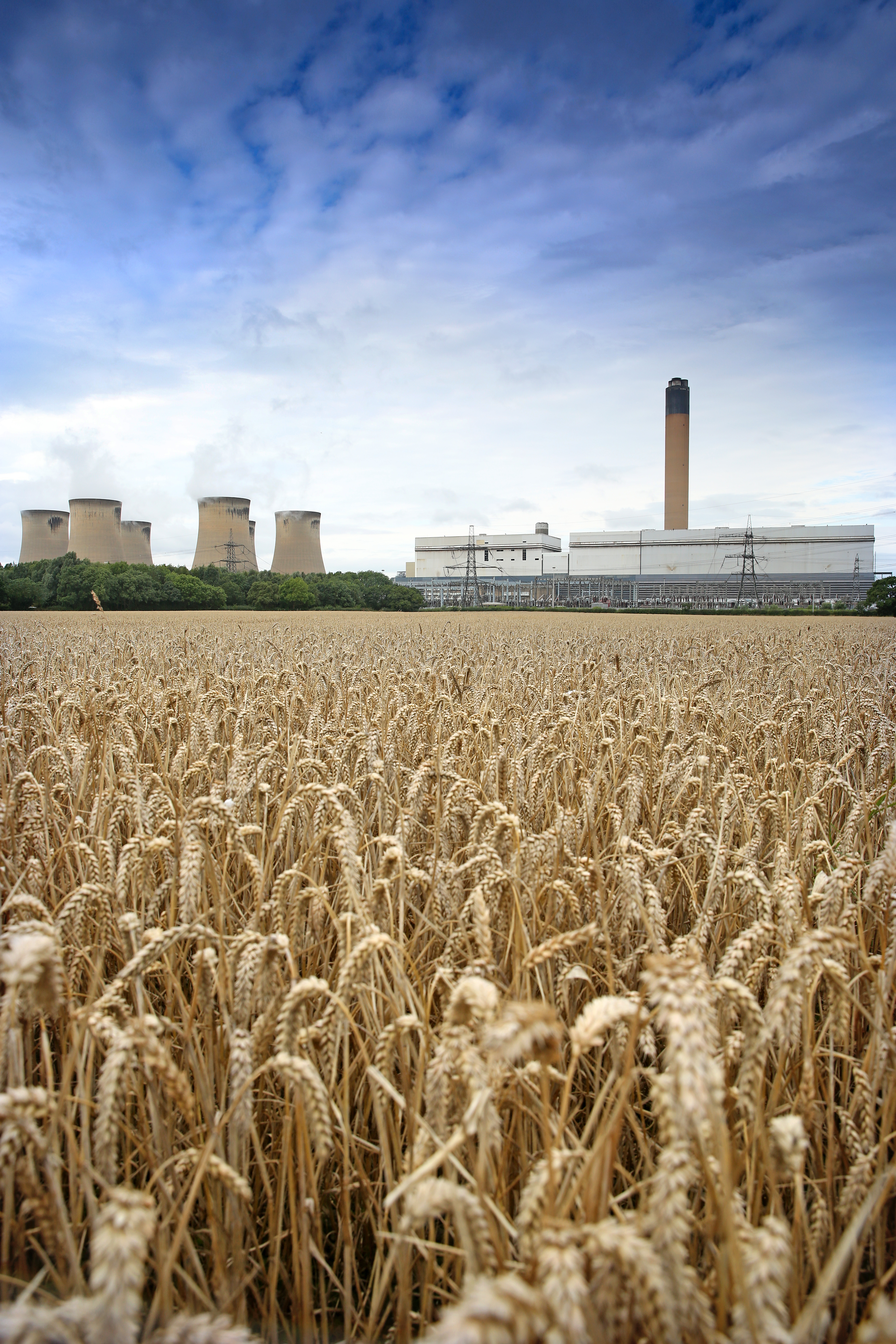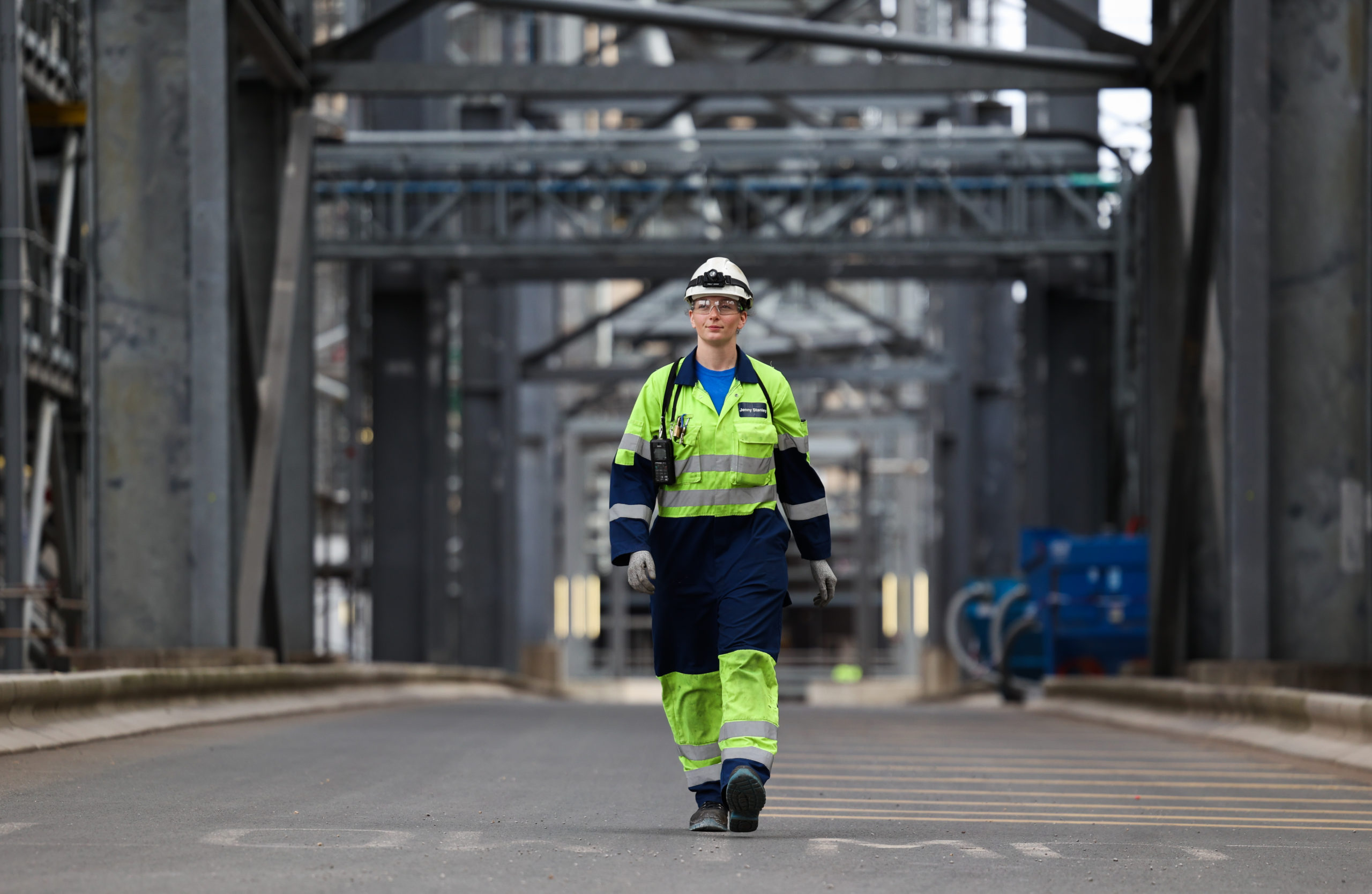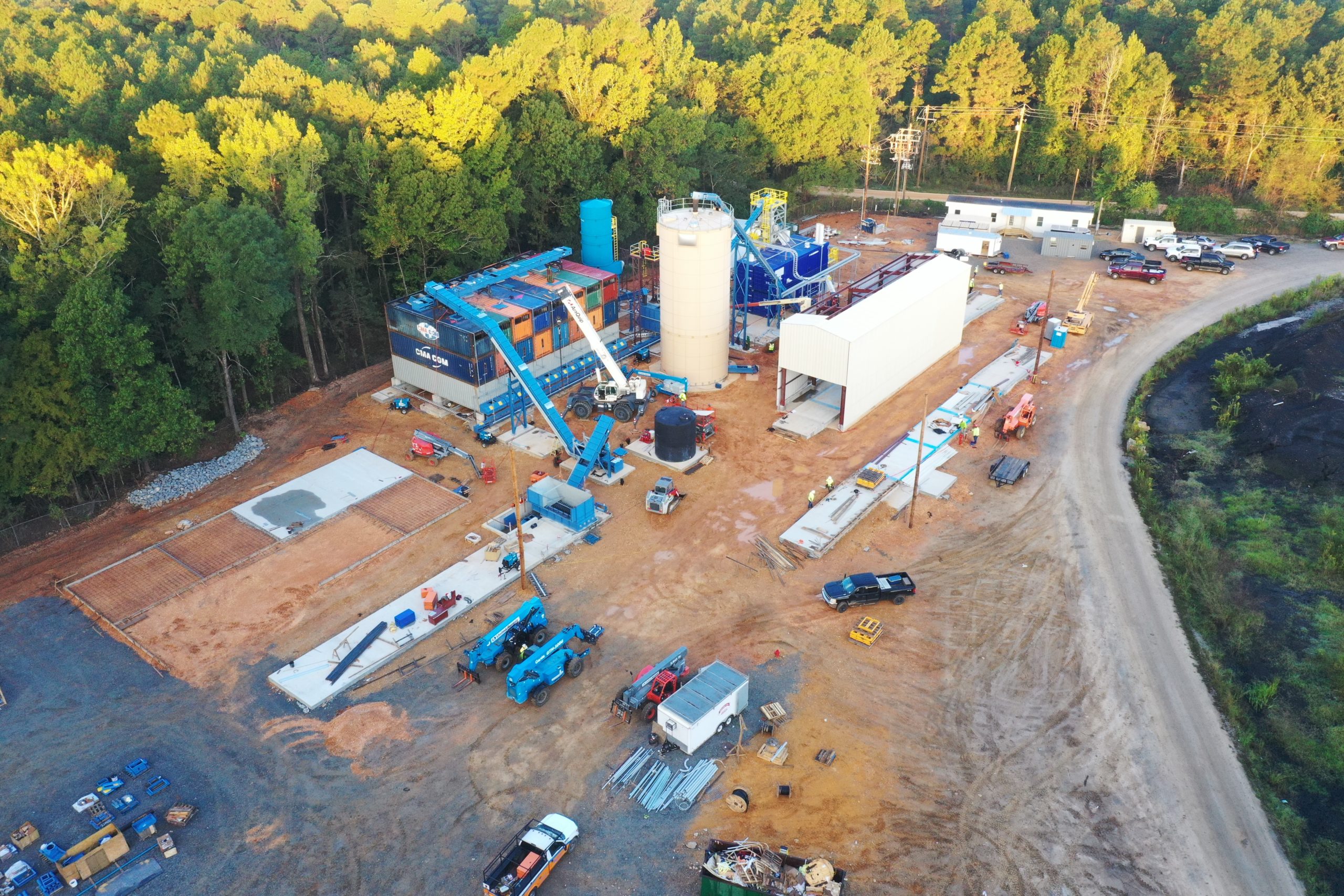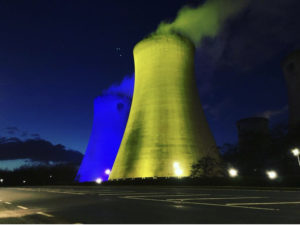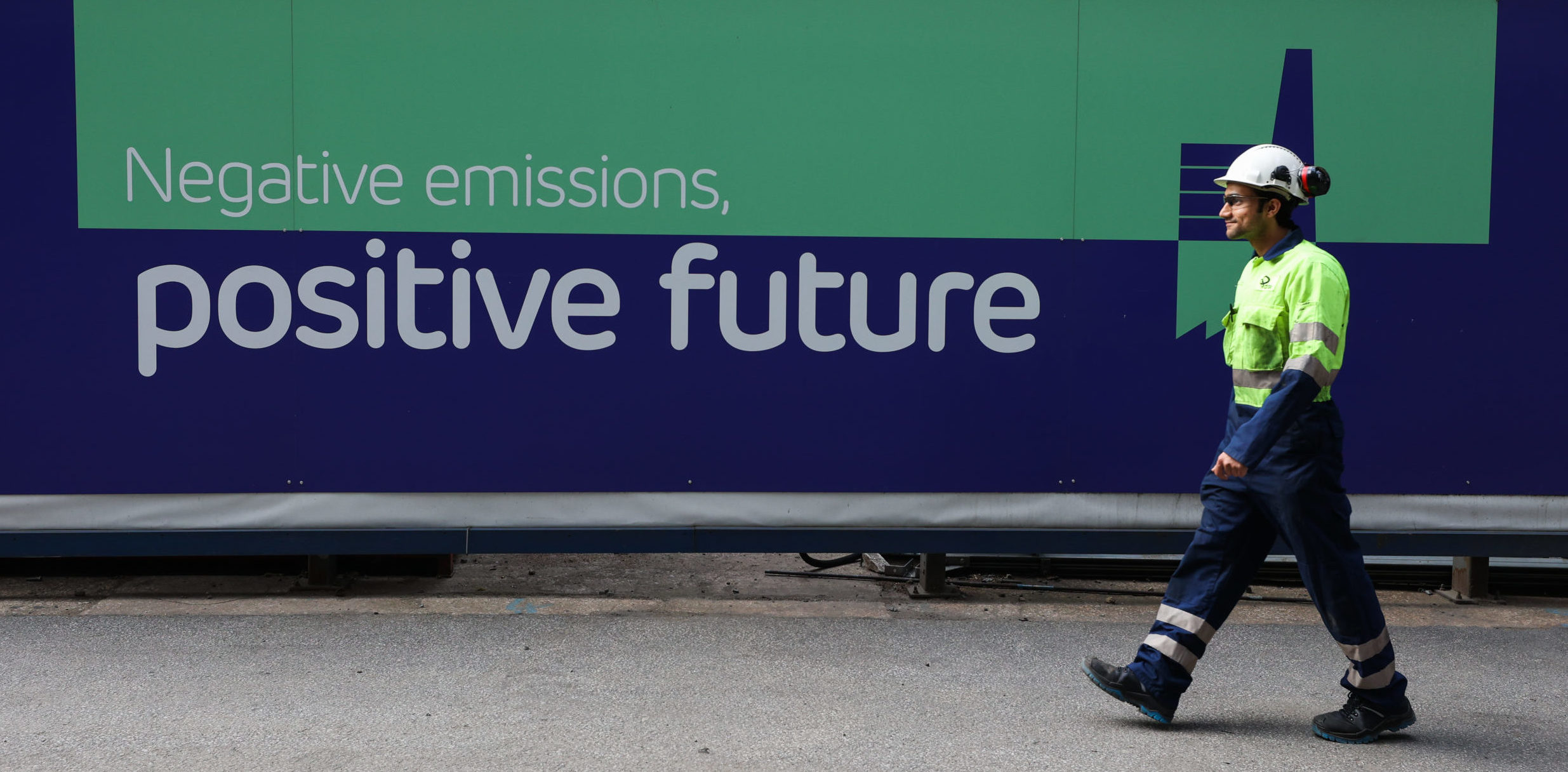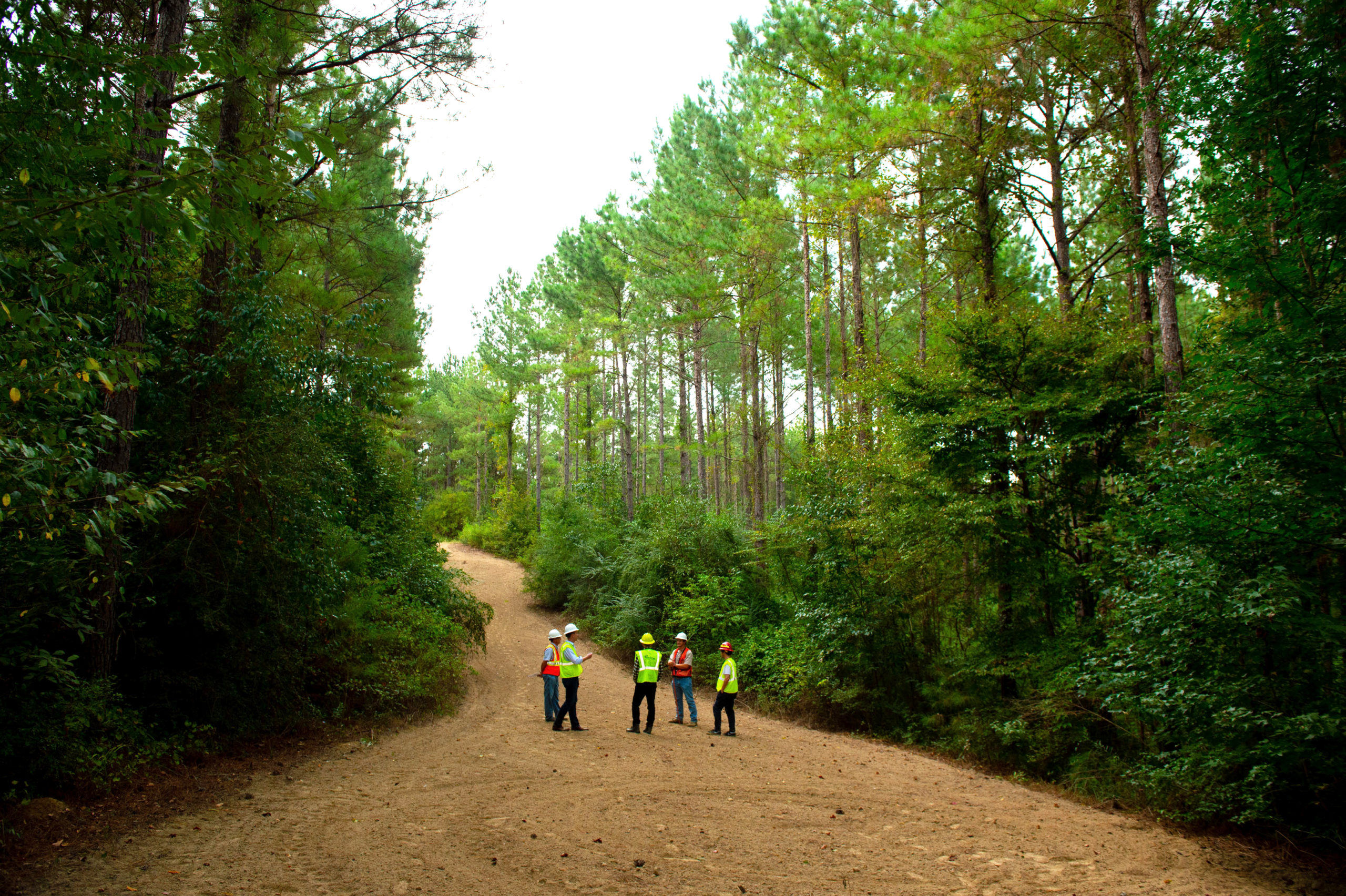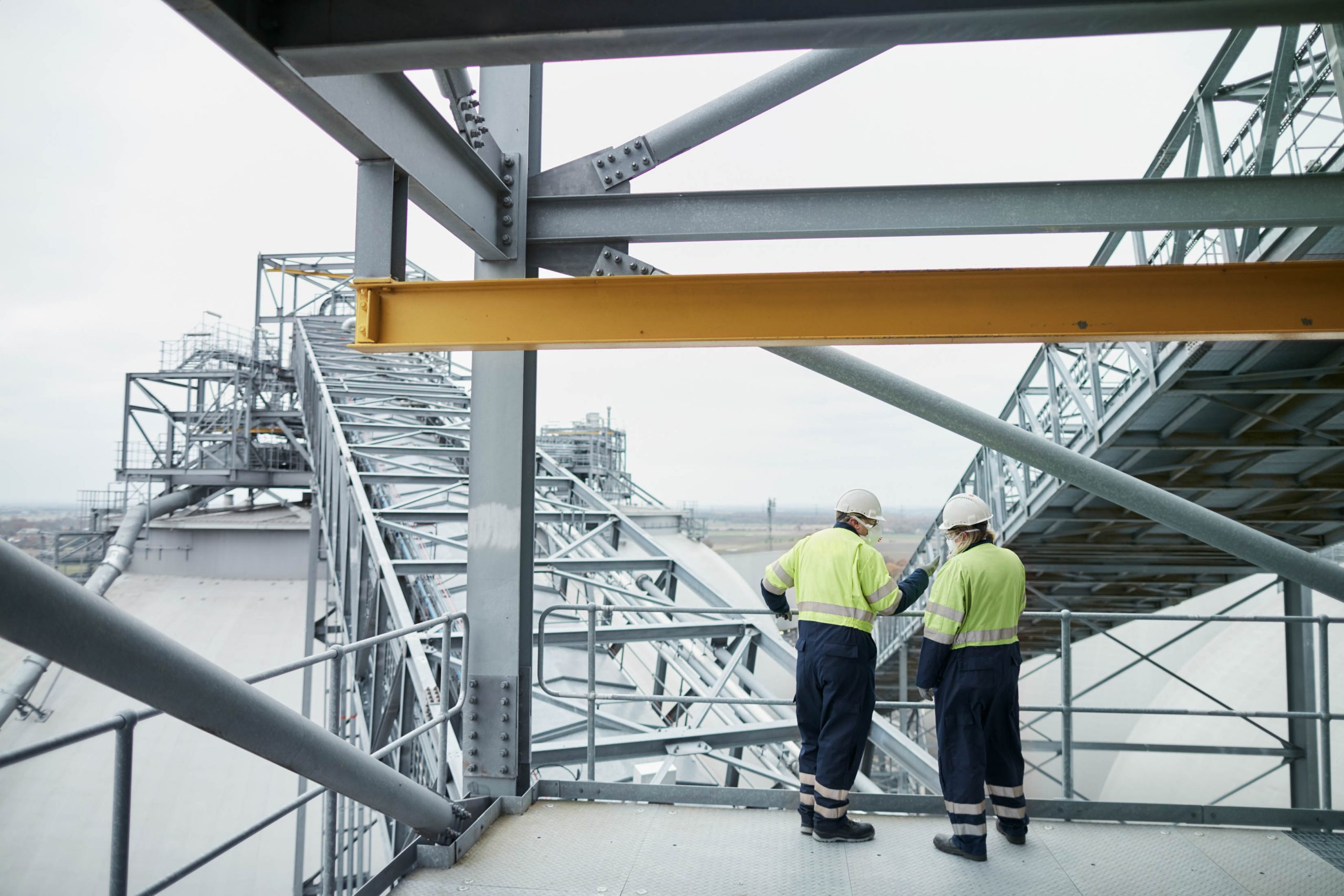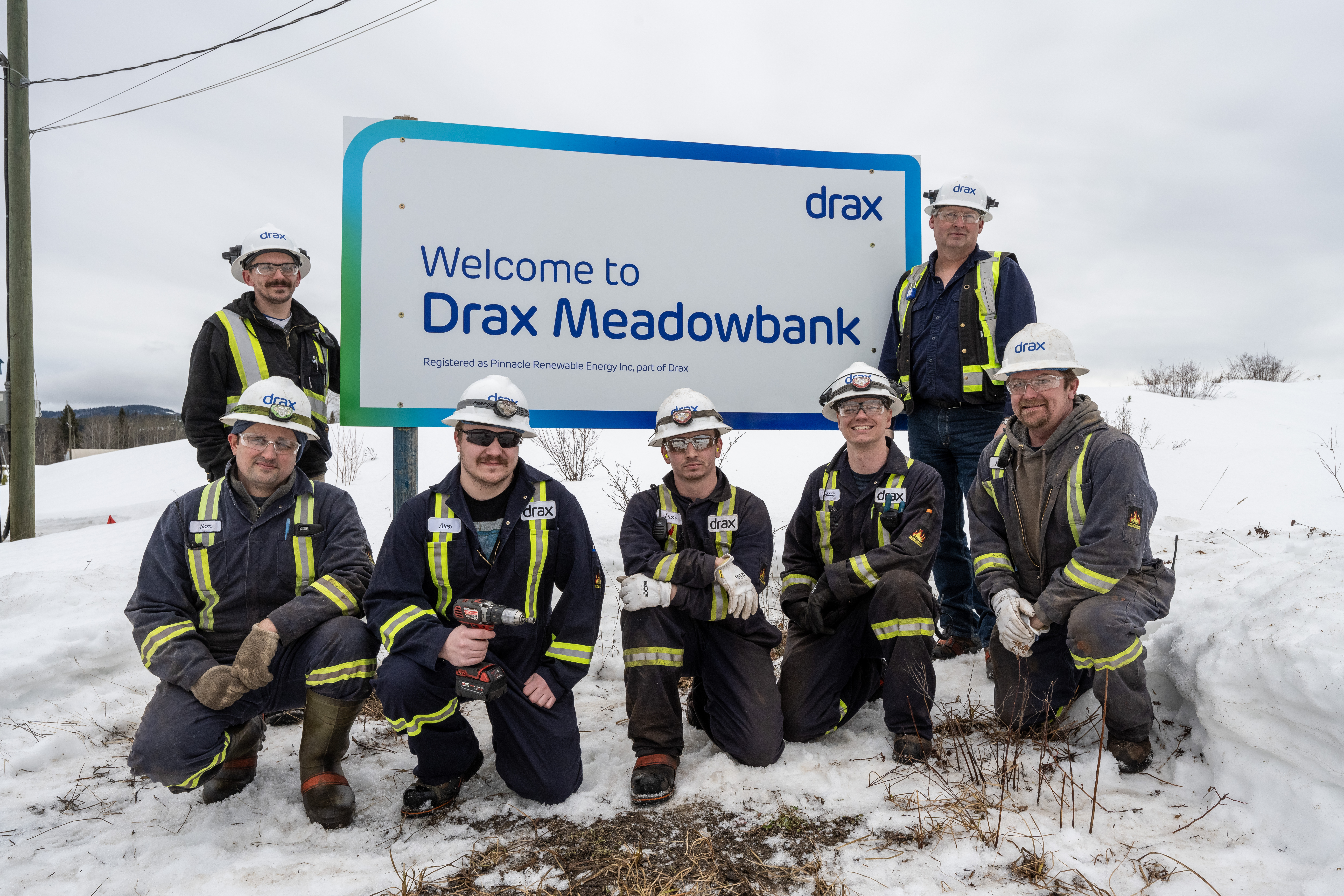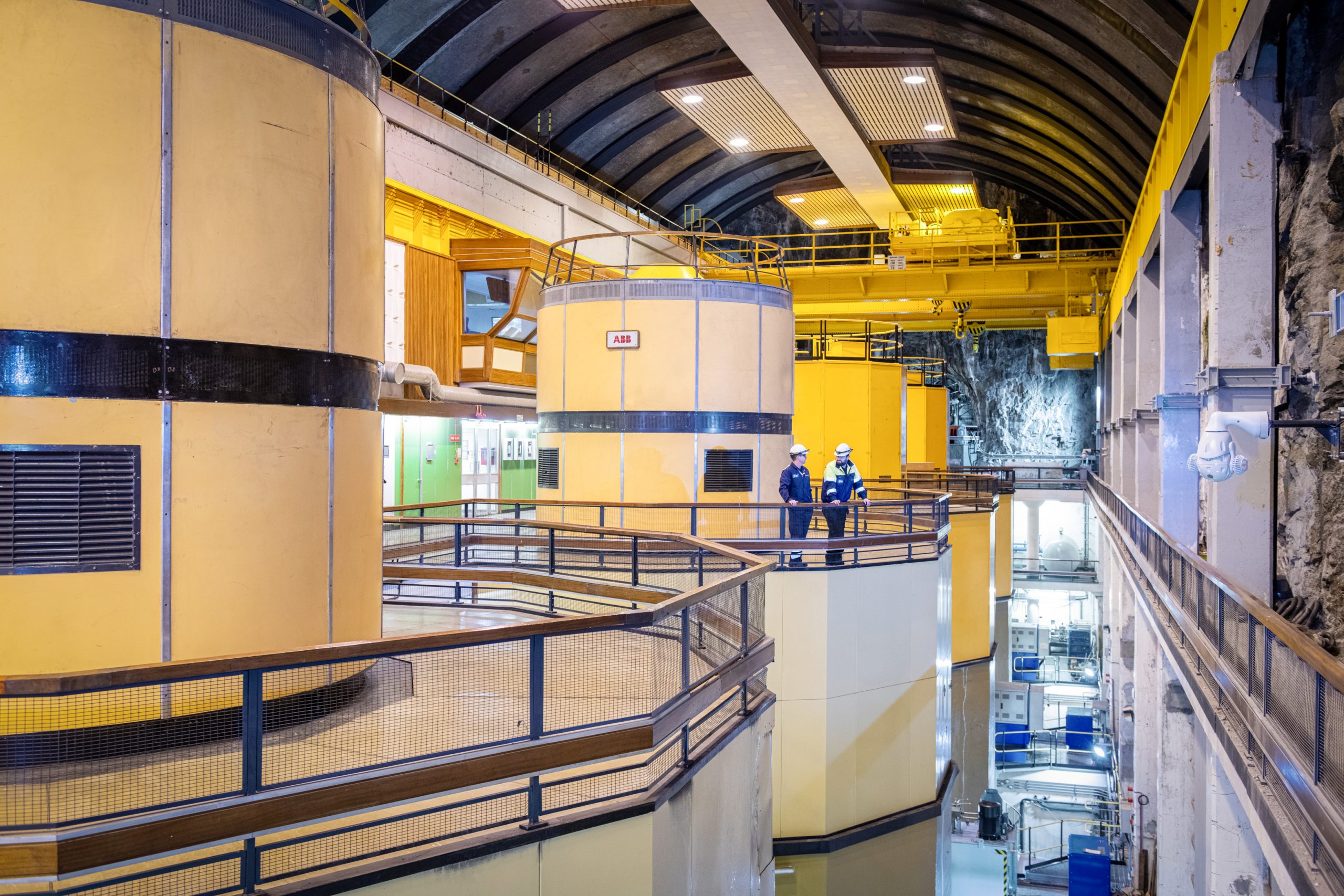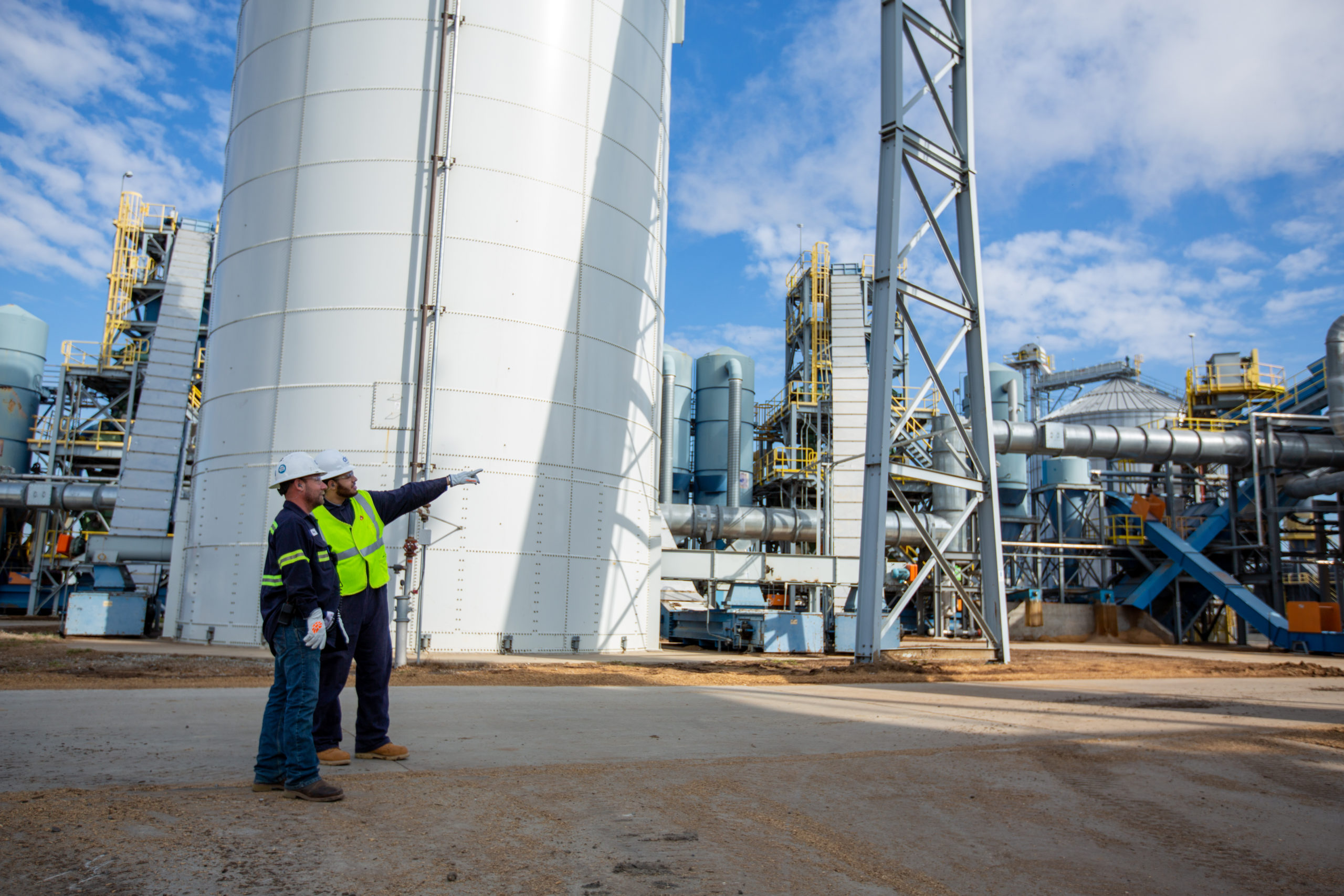
RNS Number : 7781Q
Drax Group PLC
23 February 2023
| Twelve months ended 31 December | 2022 | 2021 |
|---|---|---|
| Key financial performance measures | ||
| Adjusted EBITDA (£ million) (1)(2) | 731 | 398 |
| Net debt (£ million) (3) | 1,206 | 1,108 |
| Net debt to Adjusted EBITDA | 1.6x | 2.8x |
| Adjusted basic EPS (pence)(1) (1) | 85.1 | 26.5 |
| Total dividend (pence per share) | 21.0 | 18.8 |
| Total financial performance measures from continuing operations | ||
| Operating profit (£ million) | 146 | 197 |
| Profit before tax (£ million) | 78 | 122 |
Will Gardiner, CEO of Drax Group, said:
Will Gardiner, Drax Group CEO
“Drax delivered a strong performance in 2022, and played a significant role in ensuring security of supply during a challenging year for the UK’s energy system.
“Our renewable generation – biomass, hydro and pumped storage – are a major source of power in the UK and during periods of peak demand when there was low wind and solar power, these assets collectively supplied up to 70% of the UK’s renewable power in certain periods.
“We believe that BECCS can become a world-leading solution for large-scale high-quality carbon removals and we are seeing increasing global policy support for its delivery.
“Drax stands ready to invest billions of pounds in the development of this technology and, following the introduction of the US Inflation Reduction Act, we are increasingly excited about the opportunities to deploy BECCS in the US. In response, the UK Government should accelerate its policy support for BECCS to make the UK a world leader in carbon removals, while attracting investment and delivering its net zero targets.
“Drax is a growing international business with strong cash returns which we are reinvesting to produce more renewable energy and deliver carbon removals while reducing our own carbon emissions. We aim to be at the heart of the energy transition, creating the jobs, renewable power and large-scale carbon removals that the world needs.”
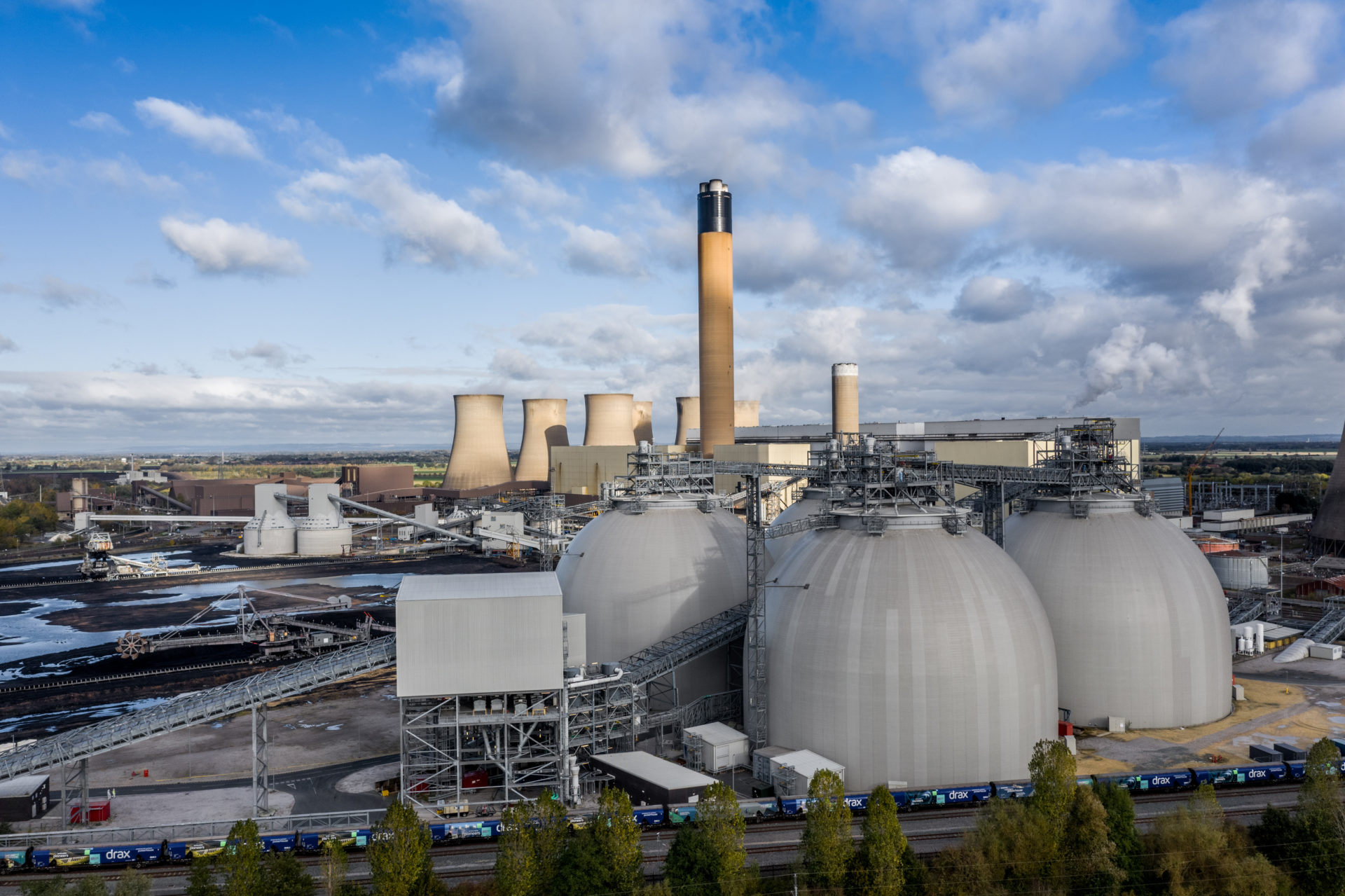
Financial highlights – strong financial performance underpinning investment and a sustain and growing dividend
- Adjusted EBITDA of £731 million up 84% (2021: £398 million)
- Strong liquidity and balance sheet – £698 million of cash and committed facilities at 31 December 2022
- 1.6x Net debt to Adjusted EBITDA – significantly below 2x target
- Total dividend increased 11.7% to 21.0 pence per share (2021: 18.8 pence per share)
- Proposed final dividend of 12.6 pence per share (2021: 11.3 pence per share)
Operational highlights – optimisation of supply chain and generation to support security of supply
- UK’s largest source of renewable power by output – 11% of annualised total, 19% of peak (up to 70% in-day peak)
Strategy highlights – developing a pipeline for carbon removals, biomass and dispatchable, renewable power
- Ambition to be a global leader in carbon removals
- Global BECCS – developing a pipeline of projects in the US targeting long-term large-scale carbon removal
- First new-build site chosen, with over 10 sites currently under evaluation
- MoU agreed with large timberland owner to develop a pipeline of BECCS opportunities
- MoU agreed with Respira for sale of 2Mt of carbon removals from new-build BECCS plants
- UK BECCS – UK Government to confirm shortlisting for “Track 1” UK BECCS projects
- Global BECCS – developing a pipeline of projects in the US targeting long-term large-scale carbon removal
- Ambition to be a global leader in sustainable biomass – targeting 8Mt of capacity and 4Mt of third-party sales by 2030
- Addition of 0.5Mt of operational pellet production capacity and final investment decision (FID) on 0.6Mt in 2023
- Ambition to be a UK leader in dispatchable, renewable power
- Aim to reach agreement regarding long-term incentives for biomass generation not operating as BECCS
- Planning application submitted for 600MW expansion of Cruachan and connection agreement secured
Future positive – climate, nature, people
- Exiting gas sales on Customers SME business
- Drax Power Station sustainability sourcing requirements are compliant with UK law on sustainable sourcing
- Biomass produced using material from well-established forestry markets in the US, Canada and Europe
- Subject to national and regional regulation and typically supported by, and independently monitored for compliance by, forest certification schemes such as: the Forestry Stewardship Council® (FSC)(4), Sustainable Forestry Initiative (SFI) and Programme for the Endorsement of Forest Certification© (PEFC)(5)
- Launch of Drax Foundation to deliver community initiatives that support education and skills development in Science, Technology, Engineering and Maths (STEM), and that improve green spaces and enhance biodiversity within local communities
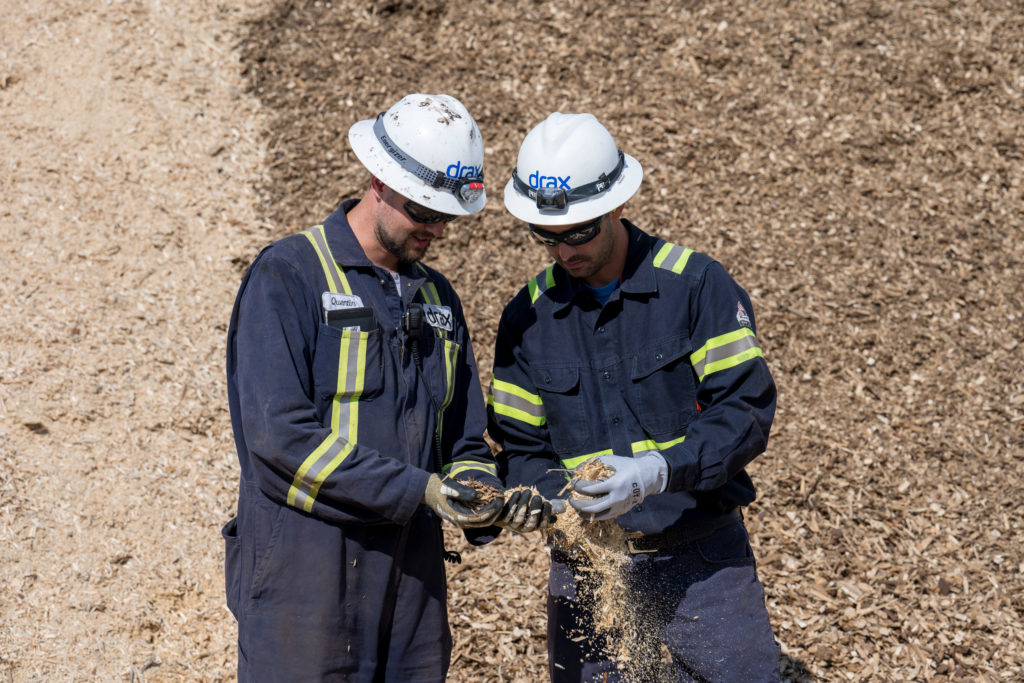
Operational review
Pellet Production – increased production, flexible operations to support UK generation, addition of 0.5Mt of capacity
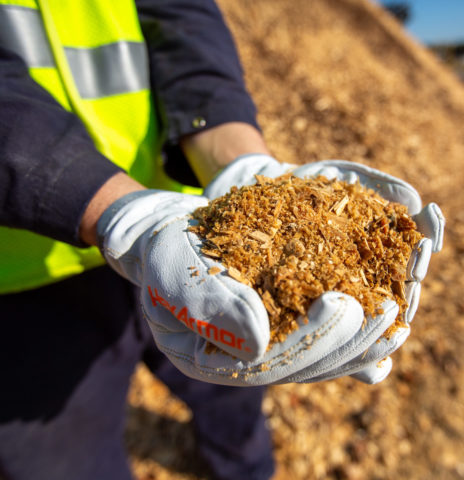 Adjusted EBITDA up 56% to £134 million (2021: £86 million)
Adjusted EBITDA up 56% to £134 million (2021: £86 million)
- Production up 26% to 3.9Mt (2021: 3.1Mt, including Pinnacle since 13 April 2021)
- Lower than planned production – delays achieving full production at new plants, North American rail restrictions and flexible production
- Optimisation of supply chain supports value for the Group
- Flexible production to support generation
- Sales to third parties under long-term contracts
- Spot sales and purchases
- Addition of c.0.5Mt of production capacity – Demopolis, Leola and Russellville – completing commissioning and acquisition of Princeton
- 6% year-on-year production cost increase to $152/t(6) (2021: $143/t(6))
- Inflation impact on utility costs (>35%) and fuel surcharges (barge and rail transport to port (>20%))
- Outlook – clear pathway to improved earnings profile
- Incremental production at existing sites and addition of new capacity
- Continued headwind from inflation in 2023
- Development and introduction of new technologies and innovation, including c.£10 million R&D investment in a biomass sugar extraction plant
- Increased use of residuals and a wider range of sustainable biomass materials
Generation – flexible operations and dispatch to capture value – increased system support and security of supply
- Adjusted EBITDA £696 million up 87% (2021: £372 million)
- Optimisation of generation and logistics to support UK security of supply at times of higher demand
- Summer – lower power demand, lower power generation and sale of reprofiled biomass
- Winter – maximise biomass deliveries to support increased generation at times of higher demand
- Higher biomass and system costs reflecting a more challenging energy environment
- Optimisation of generation and logistics to support UK security of supply at times of higher demand
- Strong pumped storage and hydro performance – value from increased system support activity and generation
- Six-month extension of coal at request of UK Government – winter contingency contract for security of supply
- Units not called other than for testing
- Closure of coal units in March 2023 following expiration of current agreement
- As at 17 February 2023, Drax had 23.3TWh of power hedged between 2023 and 2025 on its ROC and hydro generation assets at an average price of £152.8/MWh, inclusive of equivalent gas sales (transacted for the purpose of accessing additional liquidity for forward sales from ROC units and highly correlated to forward power prices) and the cost of unwinding equivalent gas sales. Excludes any sales under the CfD mechanism.
| Contracted power sales as at 17 February 2023 | 2023 | 2024 | 2025 |
|---|---|---|---|
| Net ROC, hydro and gas (TWh(7/8/9)) | 12.4 | 9.0 | 1.9 |
| -Average achieved £ per MWh (£ per MWh) | 158.1 | 149.2 | 135.7 |
| Lower expected level of ROC generation in 2023 due to major planned outages on two units |
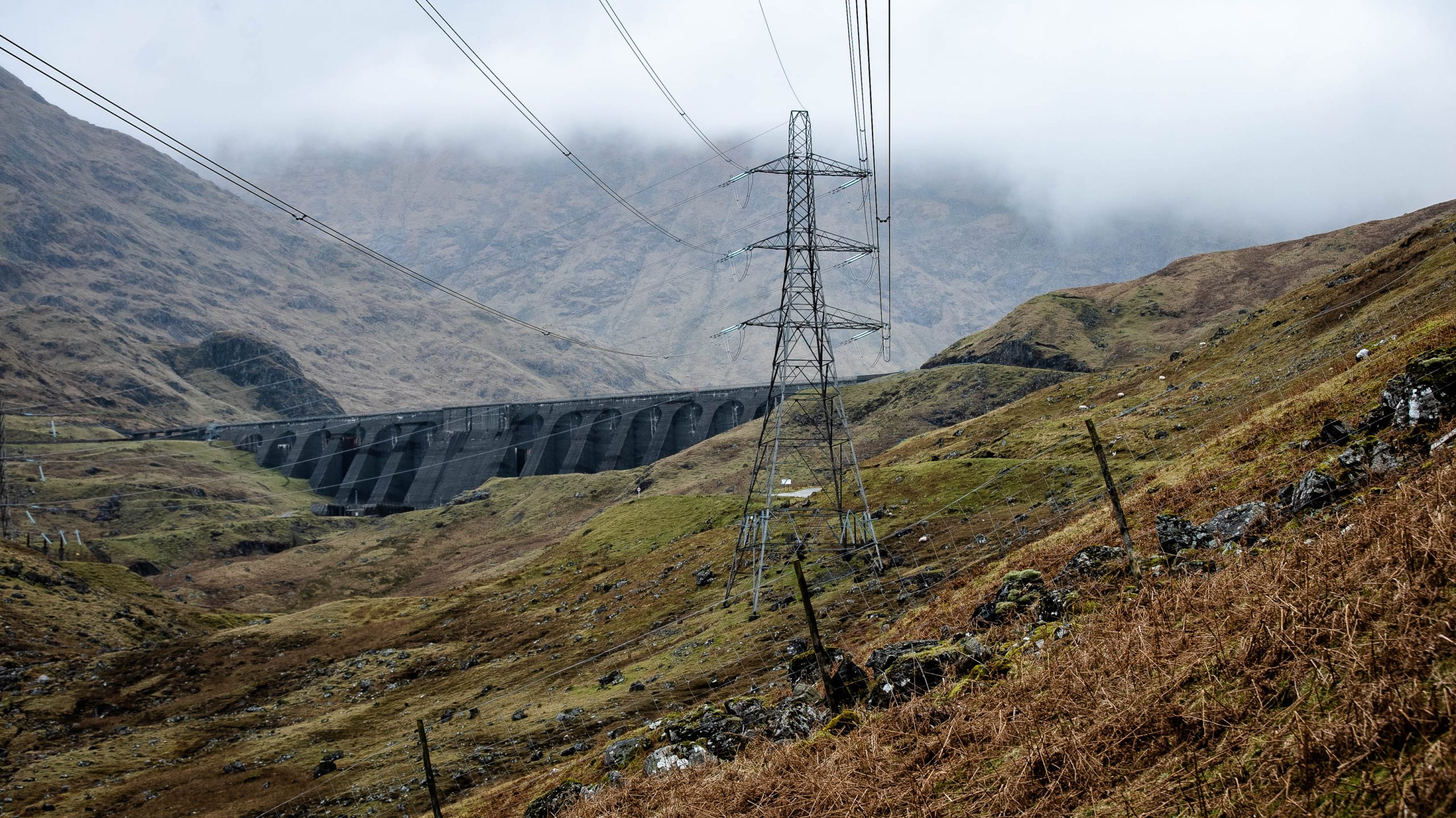
Customers – renewable power under long-term contracts to high-quality I&C customers and decarbonisation products
- Adjusted EBITDA of £26 million (2021: £6 million) – continued improvement in profitability post impact of Covid-19
- Continued development of Industrial & Commercial (I&C) portfolio
- 14.8TWh of power sales – 24% increase compared to 2021 (11.9TWh)
- Commencement of new supply contracts to three major high-quality customers supporting generation route to market
Other financial information
Profits
- Total operating profit from continuing operations of £146 million (2021: £197 million), including £298 million mark-to-market loss on derivative contracts and £25 million of exceptional costs
- Total profit after tax of £83 million (2021: £55 million profit after tax from continuing operations, including a £49 million non-cash charge from revaluing deferred tax balances)
- Depreciation, amortisation, impairment, loss on disposal and exceptional items of £286 million (2021: £209 million) reflects inclusion of Pinnacle for a full 12 months, plant upgrades and accelerated depreciation of certain pellet plant equipment in line with planned capital upgrades and asset impairment of £17 million
Capital investment
- 2022 capital investment of £255 million (2021: £238 million) – includes c.£90 million from OCGT projects
- 2023 expected capital investment of £570 – £630 million
- £120 million maintenance, including two major planned outages on biomass units; £30 million enhancements; £430 million strategic – includes >£200 million OCGT and >£100 million pellet plant developments
Cash and interest
- Group cost of debt below 4.2%
- Cash Generated from Operations £320 million (2021: £354 million), inclusive of collateral payments (2021: £168 million inflow) typically associated with higher commodity prices and expected to unwind through 2023 and 2024
- £234 million of collateral placed in 2022 (2021: £173 million held)
- Net debt of £1,206 million (31 December 2021: £1,108 million), including cash and cash equivalents of £238 million (31 December 2021: £317 million)
- 1.6x Net debt to Adjusted EBITDA, inclusive of temporary collateral outflows – significantly below 2x target
- 1.3x Net debt to Adjusted EBITDA, excluding collateral
Capital allocation policy – unchanged
- Maintain a strong balance sheet
- Invest in the core business and strategy, including new biomass pellet plants, the development of options for BECCS, and the expansion of pumped storage power station at Cruachan
- Pay a sustainable and growing dividend
- Return surplus capital to shareholders – if there is a build-up of capital, the Board will consider the most appropriate mechanism to return this to shareholders
- Considerations include – timing of capital deployment, leverage profile, prevention of dilution and divestment of non-core assets
2023 financial and operational outlook
- Continued optimisation of biomass supply chain and generation to create value for the Group
- Baseload ROC generation, plus two planned major outages
- CfD unit held in reserve – operation subject to good ROC unit operational performance and market conditions
- Biomass generation cost >£100/MWh
- Forward selling of pumped storage and hydro underpins expectations
- Electricity Generator Levy applicable to ROC and hydro assets, but not pumped storage, CfD or coal
Forward Looking Statements
This announcement may contain certain statements, expectations, statistics, projections and other information that are, or may be, forward-looking. The accuracy and completeness of all such statements, including, without limitation, statements regarding the future financial position, strategy, projected costs, plans, beliefs, and objectives for the management of future operations of Drax Group plc (“Drax”) and its subsidiaries (the “Group”), are not warranted or guaranteed. By their nature, forward-looking statements involve risk and uncertainty because they relate to events and depend on circumstances that may occur in the future. Although Drax believes that the statements, expectations, statistics and projections and other information reflected in such statements are reasonable, they reflect the Company’s current view and no assurance can be given that they will prove to be correct. Such events and statements involve risks and uncertainties. Actual results and outcomes may differ materially from those expressed or implied by those forward-looking statements. There are a number of factors, many of which are beyond the control of the Group, which could cause actual results and developments to differ materially from those expressed or implied by such forward-looking statements. These include, but are not limited to, factors such as: future revenues being lower than expected; increasing competitive pressures in the industry; uncertainty as to future investment and support achieved in enabling the realisation of strategic aims and objectives; and/or general economic conditions or conditions affecting the relevant industry, both domestically and internationally, being less favourable than expected, including the impact of prevailing economic and political uncertainty. We do not intend to publicly update or revise these projections or other forward-looking statements to reflect events or circumstances after the date hereof, and we do not assume any responsibility for doing so.
Results presentation and webcast arrangements
| Event Title: | Drax Group plc: Full Year Results |
| Event Date: | Thursday 23 February 2023 |
| 9:00am (UK time) | |
| Webcast Live Event Link: | https://secure.emincote.com/client/drax/drax024 |
| Conference call and pre-register Link: | https://secure.emincote.com/client/drax/drax024/vip_connect |
| Start Date: | Thursday 23 February 2023 |
| Delete Date: | Thursday 23 February 2024 |
| Archive Link: | https://secure.emincote.com/client/drax/drax024 |
For further information, please contact: rosie.corbett@fticonsutling.com









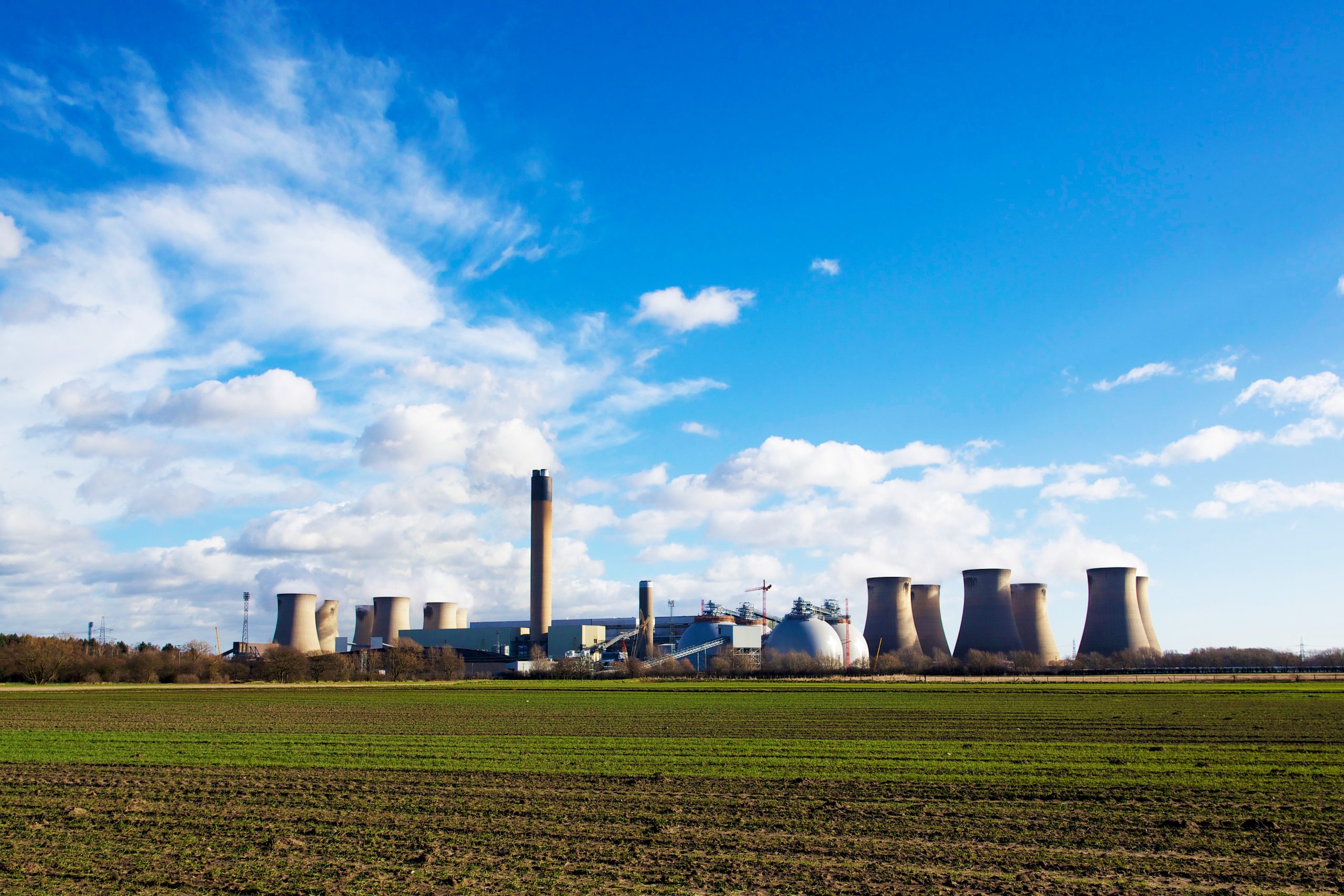

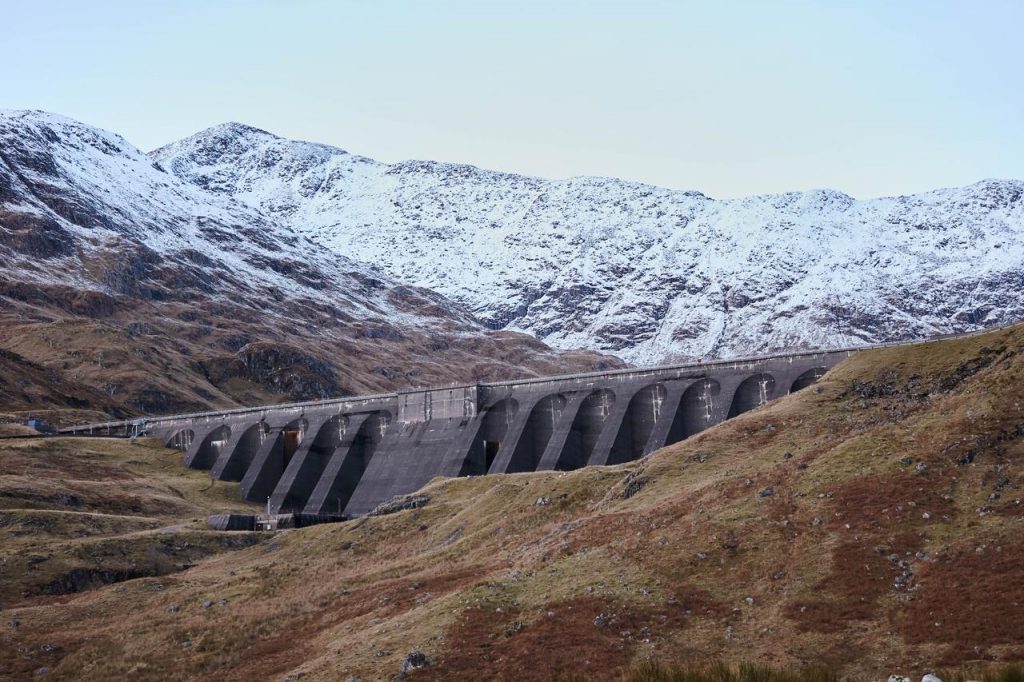
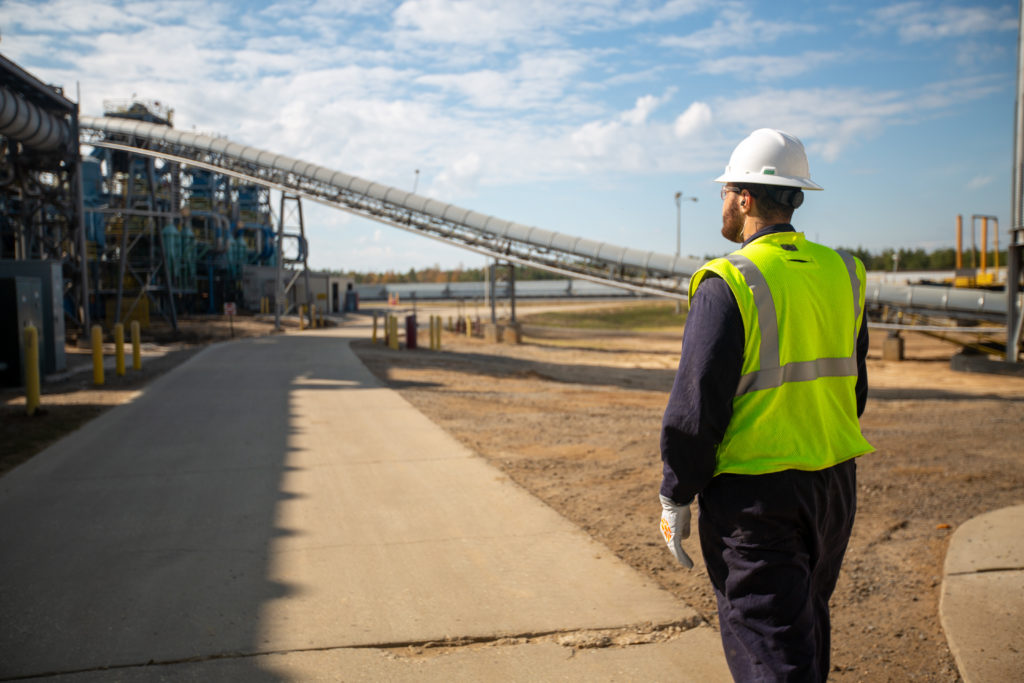
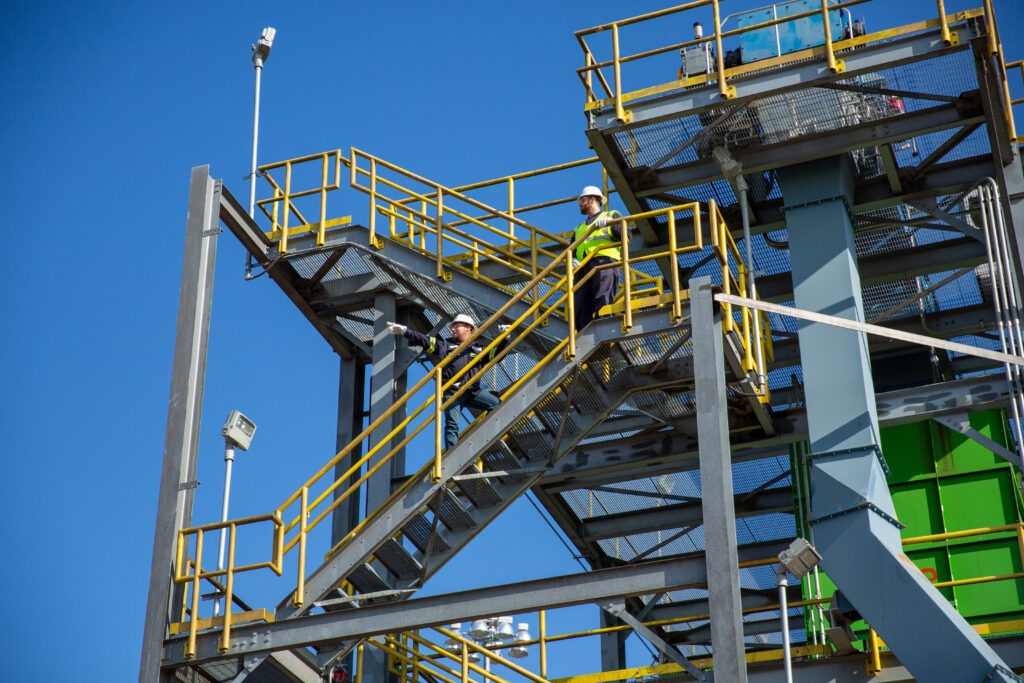
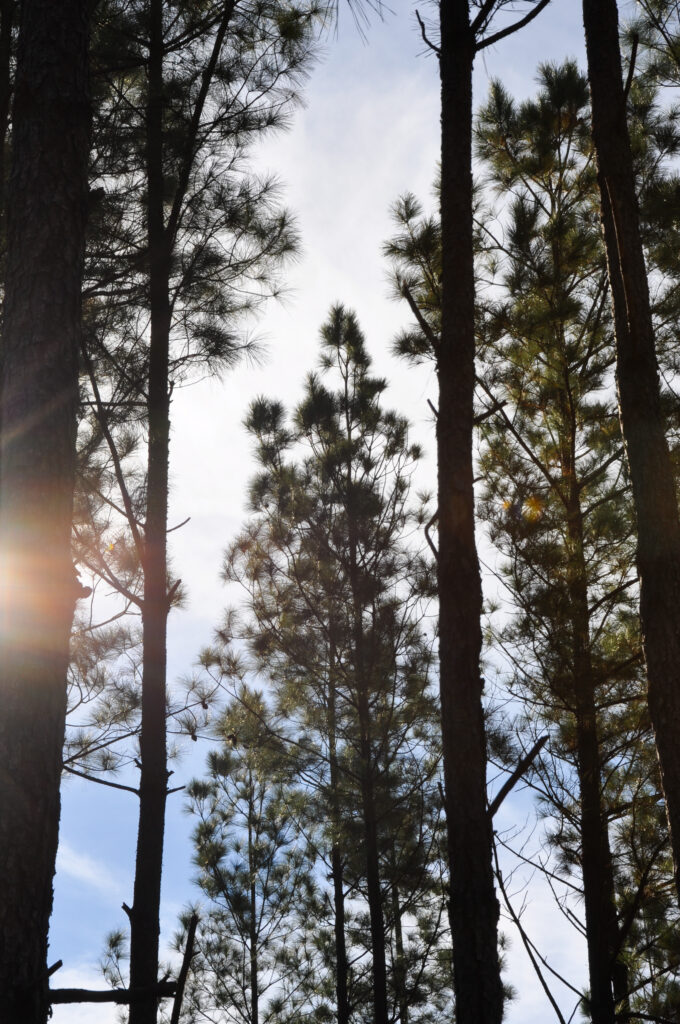
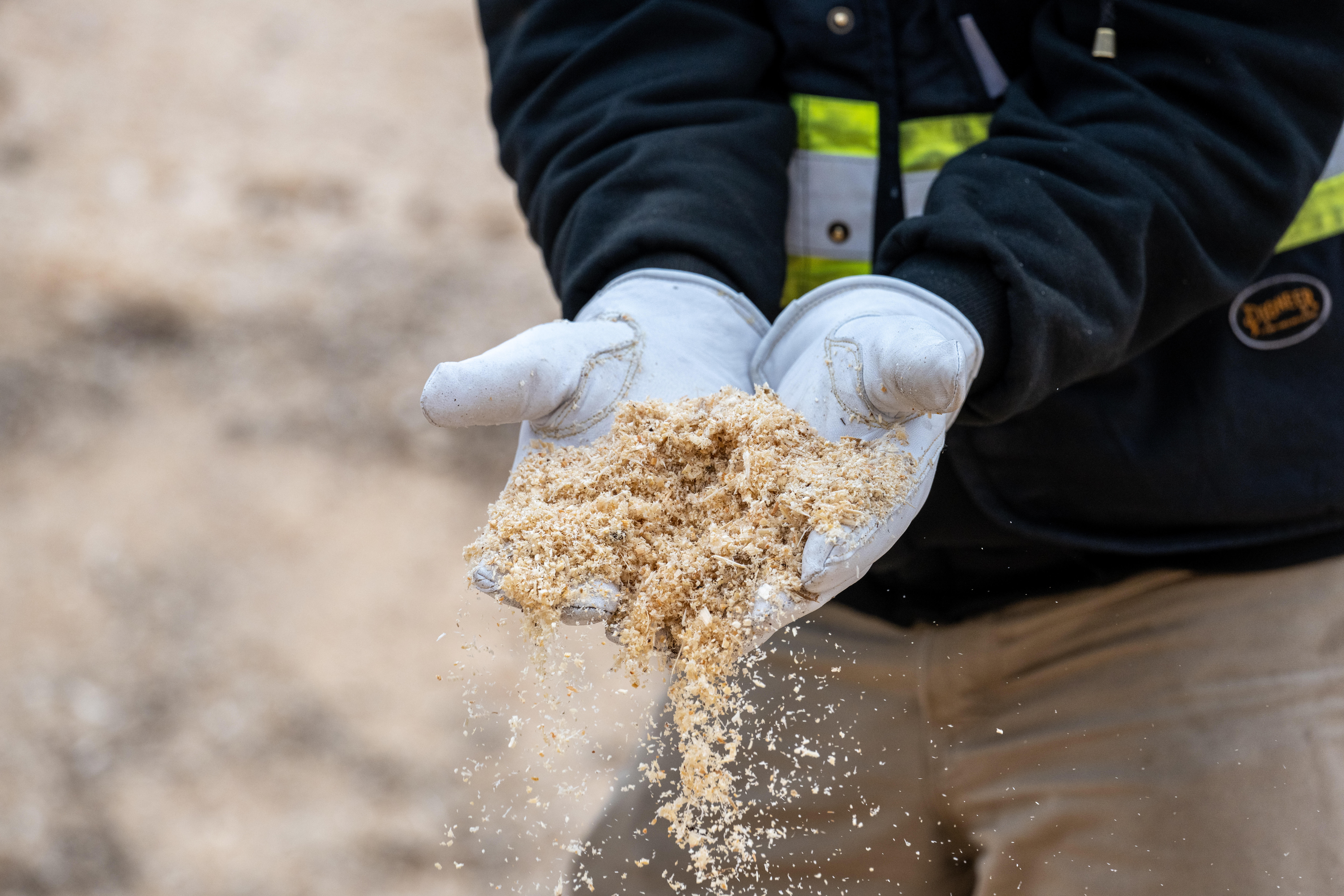
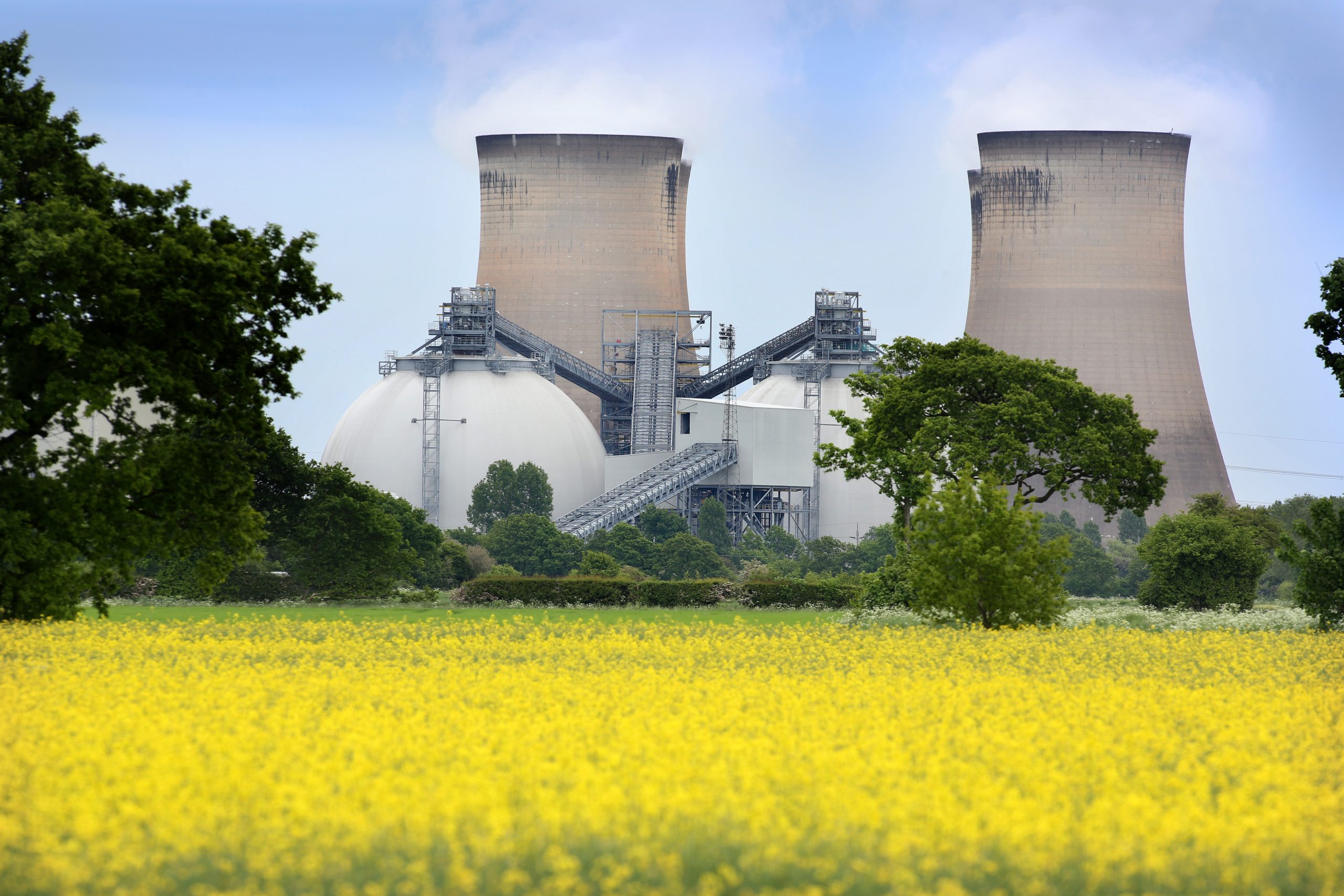
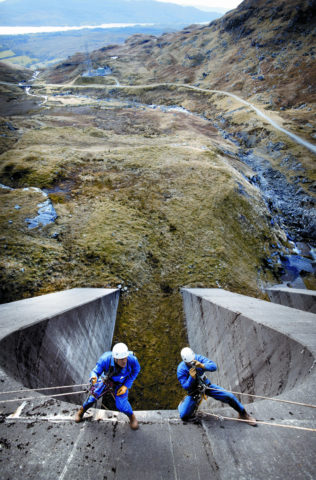
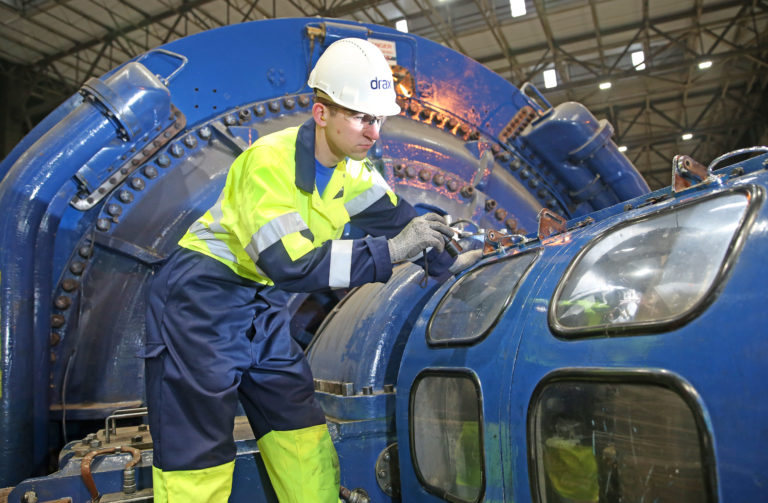
 Nature and climate
Nature and climate
